
1. Dish draining closet
It makes sense that a country with such a strong eye for design would invent this simple yet ingenious solution. In the 1940s, inventor Maiju Gebhard estimated that the average household spends almost three and a half years washing and drying dishes over the course of a lifetime. Dishwashers are costly and bulky, while side-sink racks add to counter clutter. With that in mind, Gebhard set out to simplify the process with a practical design: the dish draining closet, or "Astiankuivauskaappi" in Finnish. Gaps in the shelf of the cabinet above the sink allow dishes to try on their own in storage - saving time, money, and environmental waste. The Finnish Invention Foundation has named it one of the most important Finnish inventions of the 20th century.

2. Electric sail
Also called an electric solar wind sail or E-sail, the electric sail was invented in 2006 by Pekka Janhunen at the Finnish Meteorological Institute. It's a form of spacecraft propulsion that uses the dynamic pressure of solar winds as a means of thrust. An electric field is formed with small wires, which deflects solar wind protons and extracts their momentum. It can be used for fast missions to planet Uranus, to study the sun at a closer distance, or other solar system explorations. The propulsion system could send a spacecraft to the edge of our solar system (the heliopause) three times faster than ever before.
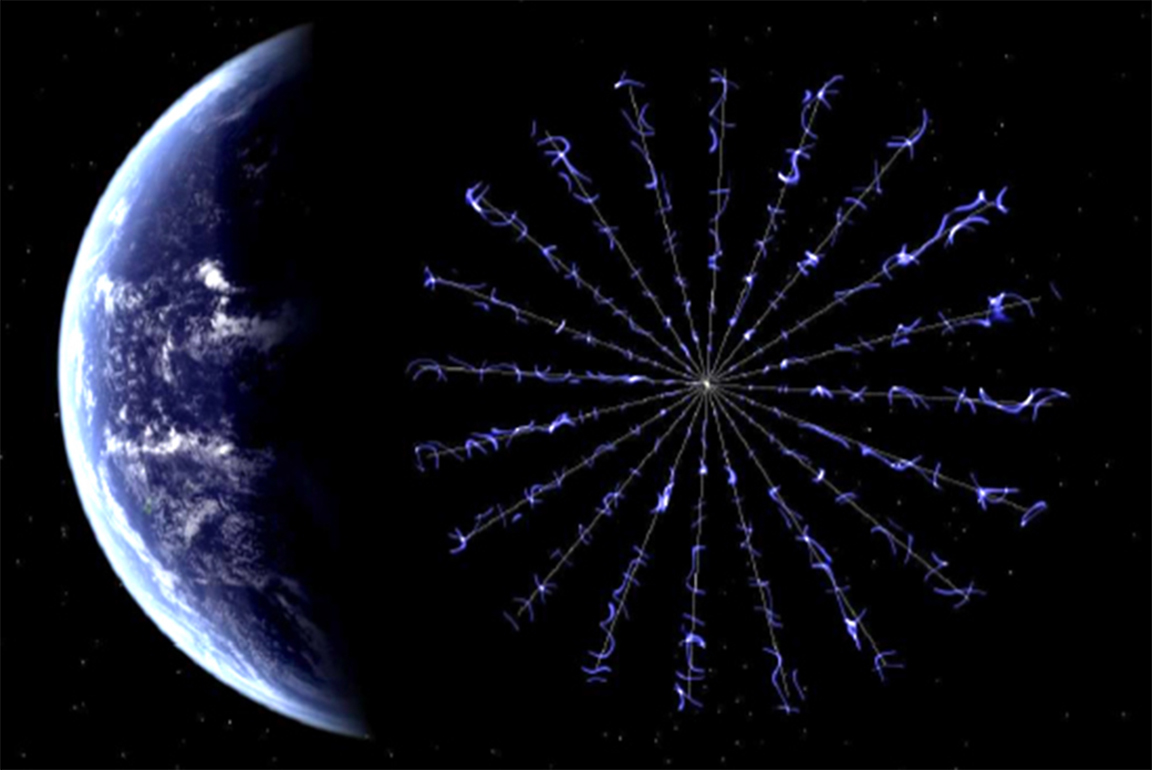
3. Heart rate monitor
The first wireless EKG heart rate monitor was invented in 1977 by Seppo Saynajakangas, founder of the sports training computer manufacturing company Polar Electro. Not having a way to accurately record heart rates in athletes, he conceived the idea for the Finnish National Cross Country Ski team to use in training.

4. The Internet Browser
Well, internet browsers as we know them. The first internet browser with a graphical user interface (in other words, not just plain text) was invented by four Finnish students - Kim Nyberg, Teemu Rantanen, Kati Suominen and Kari Sydanmaanlakka - for their master's project at Helsinki University of Technology. Called Erwise, it was released in 1992, but halted soon after the students graduated. Founder of the World Wide Web Tim Berners-Lee went to Finland and encouraged them to continue with the project, but it didn't have proper funding. Though Erwise is discontinued, it paved the way for the user-friendly web browsing we use today.
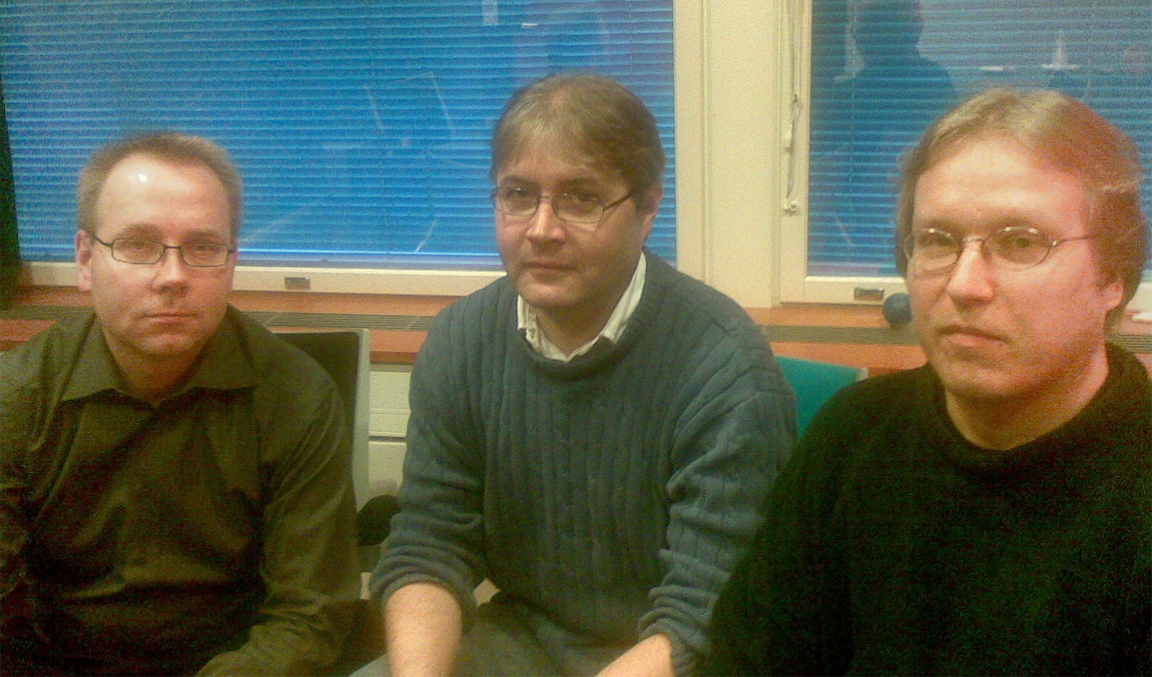
5. Savonius Wind Turbine
Wind turbines are an important part of affordable, clean, and sustainable energy. In 1922, Finnish engineer Sigurd Johannes Savonius invented and later patented the Savonius Wind Turbine. It is a drag-type vertical axis wind turbine (VAWT) that can be used in areas with very turbulent wind coming from all directions. It uses three cup-like blades and it's much quieter than other turbines.

6. Fiskars scissors
You don't have to be a Finn to recognize the orange handles of the famous Fiskars scissors; after all, more than a billion have been sold. Considered the most widely spread Finnish product, their sharp performance, along with the ergonomic shape and grip of the handle, makes them more of a staple tool than just a scissors. The plastic handles were a more affordable divergence from the heavy iron that was used in 1967 when Fiskars hit the market. And those plastic handles? They weren't originally meant to be orange. The samples were produced with black, green, and red handles, but leftover plastic in the machine from an orange-colored juicer needed to be used up. Then, the color stuck; Fiskars employees voted on the final color and orange won.
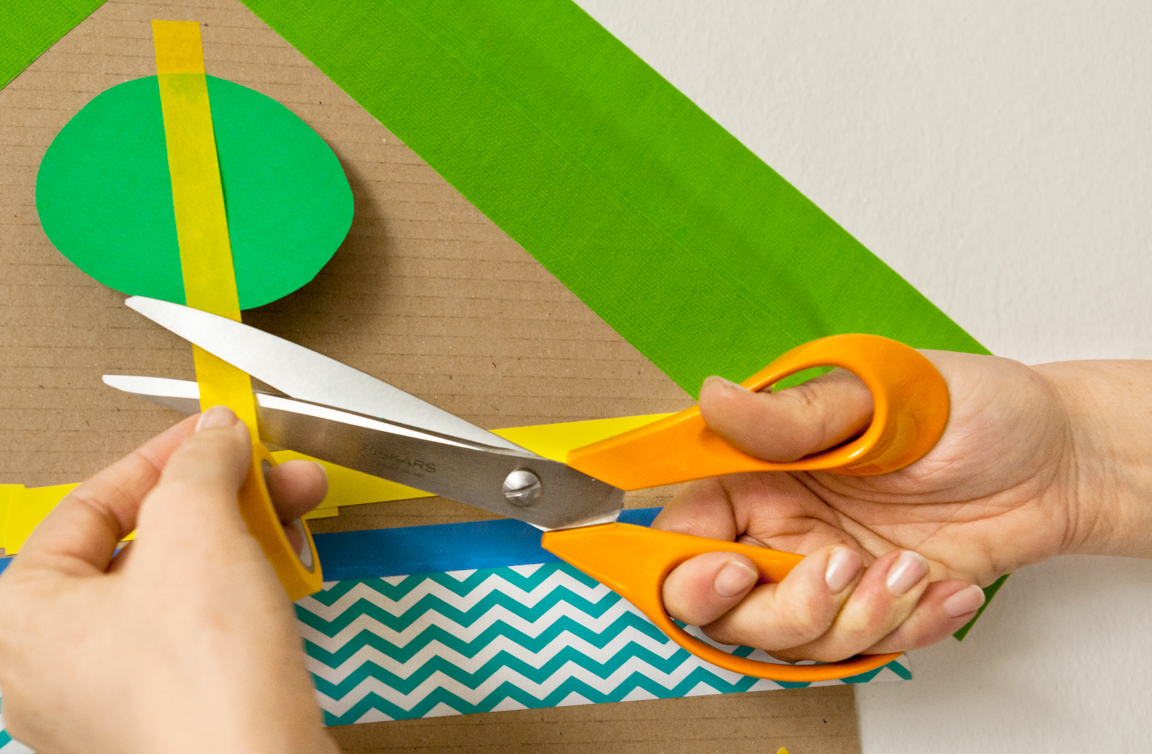
7. Rescue toboggan
With Lapland being home to so much snow, it makes sense that the rescue toboggan would come from Finland. The rescue toboggan takes the form of a pulk (also a Finnish invention) with vaulted ends that can be attached to handles. As the name suggests, it's used to rescue injured people on snowy or icy surfaces - often skiers and snowboarders. Also called akias, rescue toboggans were originally used by the Finnish military in the 1930s.

8. Safety reflector
Finnish farmer Arvi Lehti invented the safety reflector for use on his horse carts during long, dark winters. Now, pedestrians are required by law to wear reflectors when traveling in dark conditions in Finland. Countries that use reflectors have the lowest pedestrian fatalities and serious injuries, and it keeps bikers, joggers, and others on the road safe too. This is because they can be seen at more than three times the distance as they would be without a reflector, giving drivers time to slow down or move over.
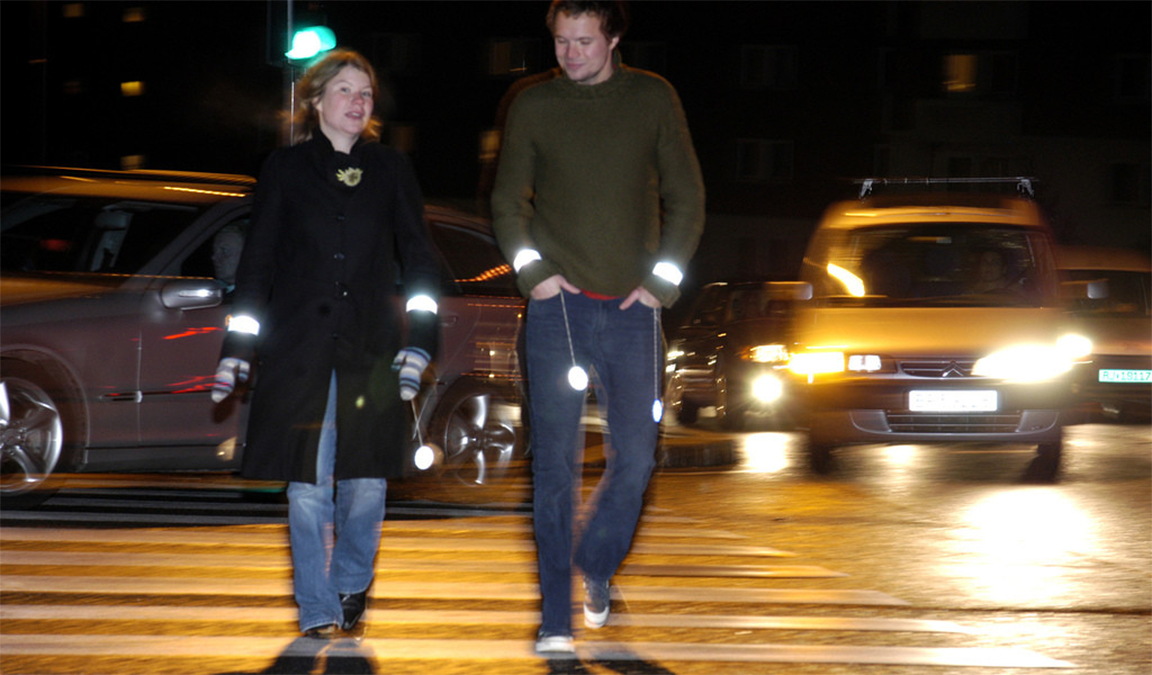
9. Sauna
The earliest versions of sauna in Finland are believed to be around 7000 BC. Finns would use the sauna to live in, eat in, bathe in, and give birth in. An abundance of wood made them easy to build and maintain, and the harsh winters made the warmth of them popular. However, they are just as popular in summer at cottages where Finns will go from sauna to lake and back again. It's not just in rural Finland that saunas are used; there are over 3 million saunas in Finland for an average of one per household. Most apartments have electric saunas, as the practice is viewed not as a luxury but a necessity. For Finns, sauna is a way of life for physical, mental, spiritual, and social well-being.

10. Angry Birds
The famous video game was developed by Finnish company Rovio Entertainment and released in 1009. The premise is silly yet simple: colorful birds try to save their eggs from their green pig enemies. The game was a huge hit for children and adults alike, leading to more than 12 million downloads from the iOS App Store. The game was called "one of the most mainstream games out right now," "one of the great runaway hits of 2010," and "the largest mobile app success the world has seen so far." Its popularity has led to the profitable production of merchandise, television cartoons, and even a feature film.

11. Nokia
Though most-known for phones, Nokia actually started as a paper production company in 1865. Its name was derived from the Nokianvirta River on which the company was established. Before becoming an electronics company in 1960, the brand's most famous product was rubber boots. Today, the company is most associated with its early, seemingly indestructible phones. Its success made it the largest worldwide company during its peak in 2000 and a source of Finnish pride. The company alone accounted for 4% of the country's GDP, 21% of total exports and 70% of the Helsinki Stock Exchange market capital. The world's first GSM call (1991) and satellite call (1994) were done on a Nokia phone!
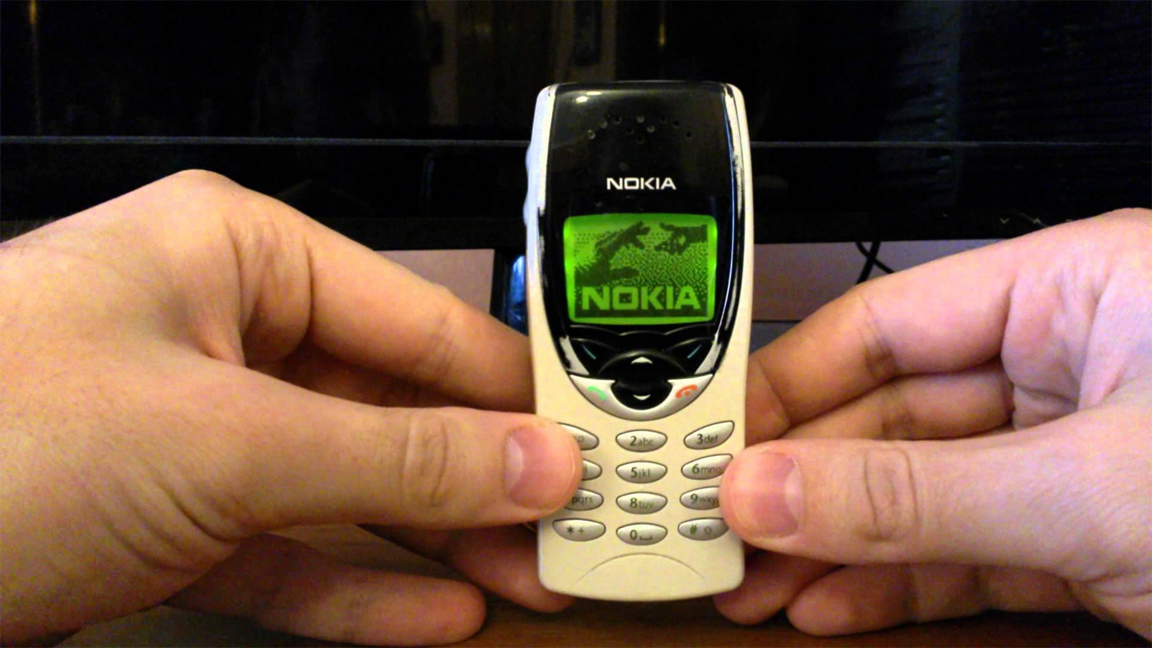
12. Xylitol
Even if you haven't heard of xylitol, there's a good chance you've encountered or consumed it. Primarily made from birch tree branches found in Finland, Xylitol is an alternative to sugar used to prevent cavities, plaque, pneumonia, osteoporosis, and ear infections in children. It is found in many popular brands of chewing gum, candies, and butter substitutes.

13. Ice Skates
Ice skates were invented as a means of getting around nearly 5,000 years ago in Finland, where there are more lakes per square mile than anywhere in the world. These ancient ice skates were made of bone; propulsion came from the upper limbs pushing a stick on the ice between the legs where the lower limbs were kept straight to provide balance.
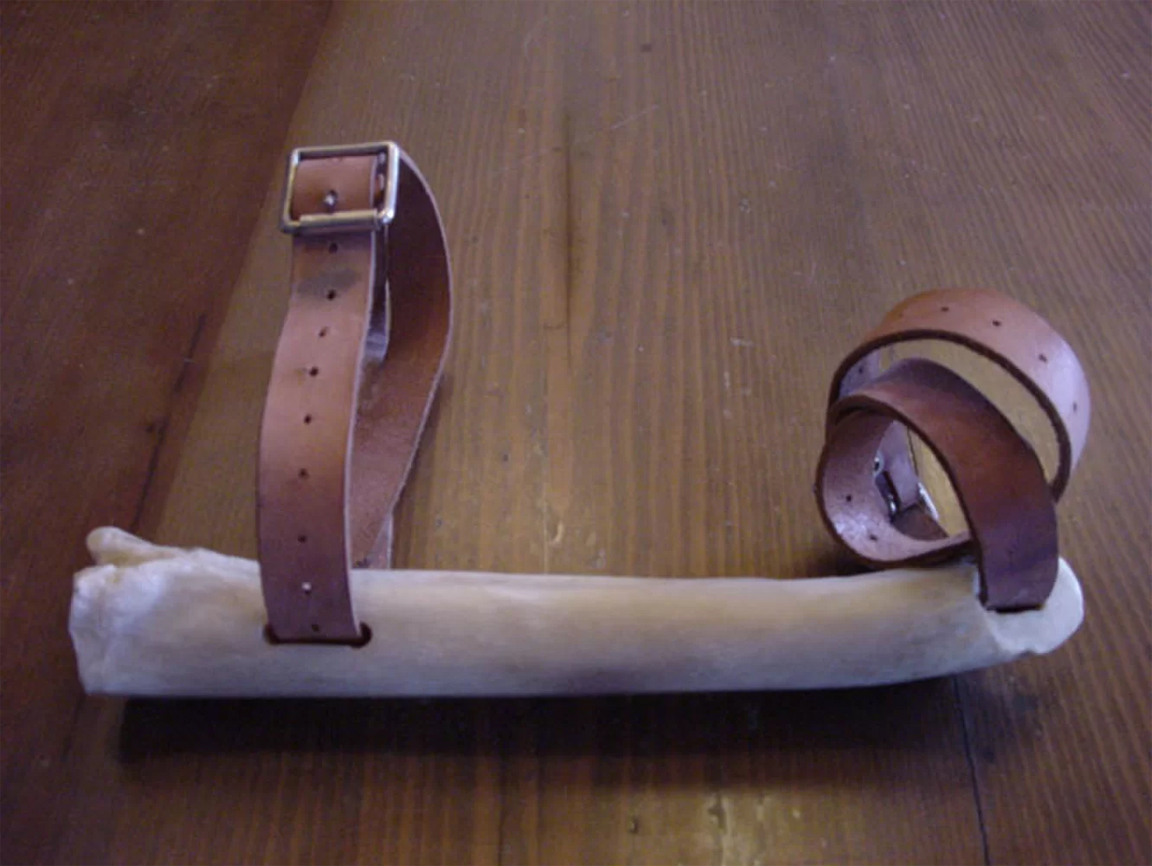
14. Linux
Finnish inventor Linus Torvalds was still a computer science student in 1991 when he created his own operating system for his PC; and he made his brainchild universally available and free. It was licensed in a way that requires source code changes be publicly available, setting the stage for open-source software. Nowadays, Linux is everywhere, and a machine likely running Linux has sent you to this web page. Linux can be recognized by its logo, a penguin named Tux.

15. SMS (texting)
It's hard to imagine a world without texting these days. Mobile phones were originally intended for businessmen on the road, but soon ordinary people were buying the phones for personal use. Short for Short Message Service, SMS was pioneered by Matti Makkonen while working for Nokia Networks and Tele Finland. He pitched the concept of text messaging over cellular networks in 1984 and helped get the ball rolling on the technology in its earliest days during the 1990's.




